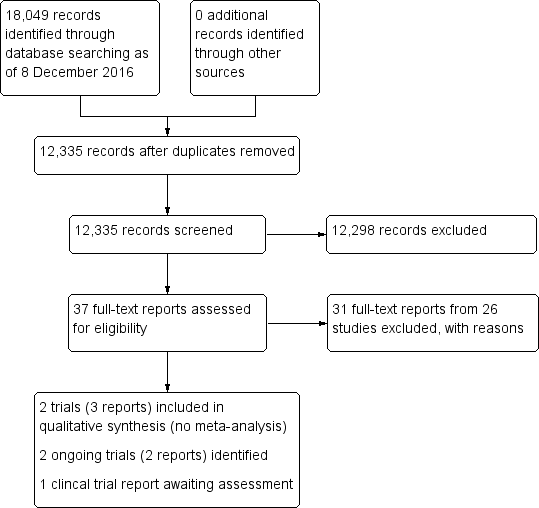Related content
Related reviews and protocols
Thomas Sycha, Clemens Vass, Oliver Findl, Peter Bauer, Ilse Groke, Leopold Schmetterer, Hans‐Georg Eichler | 17 February 2010
Jimmy T Le, Amanda K Bicket, Lin Wang, Tianjing Li | 28 March 2019
Emily W Gower, Kristina Lindsley, Samantha E Tulenko, Afshan A Nanji, Ilya Leyngold, Peter J McDonnell | 13 February 2017
Manuele Michelessi, Kristina B Lindsley | 12 February 2016
Abel Wakai, John G Lawrenson, Annali L Lawrenson, Yongjun Wang, Michael D Brown, Michael Quirke, Omar Ghandour, Ryan McCormick, Cathal D Walsh, Ahmed Amayem, Eddy Lang, Nick Harrison | 18 May 2017
Michael O'Gallagher, Catey Bunce, Melanie Hingorani, Frank Larkin, Stephen Tuft, Annegret Dahlmann‐Noor | 7 February 2017
Vincent DJ‐P Dubois, Andrew Bastawrous | 28 February 2017
Heather Waterman, Jennifer R Evans, Trish A Gray, David Henson, Robert Harper | 30 April 2013
Dayse F Sena, Kristina Lindsley | 25 January 2017
Meghal Gagrani, Itika Garg, Deepta Ghate | 27 August 2020



